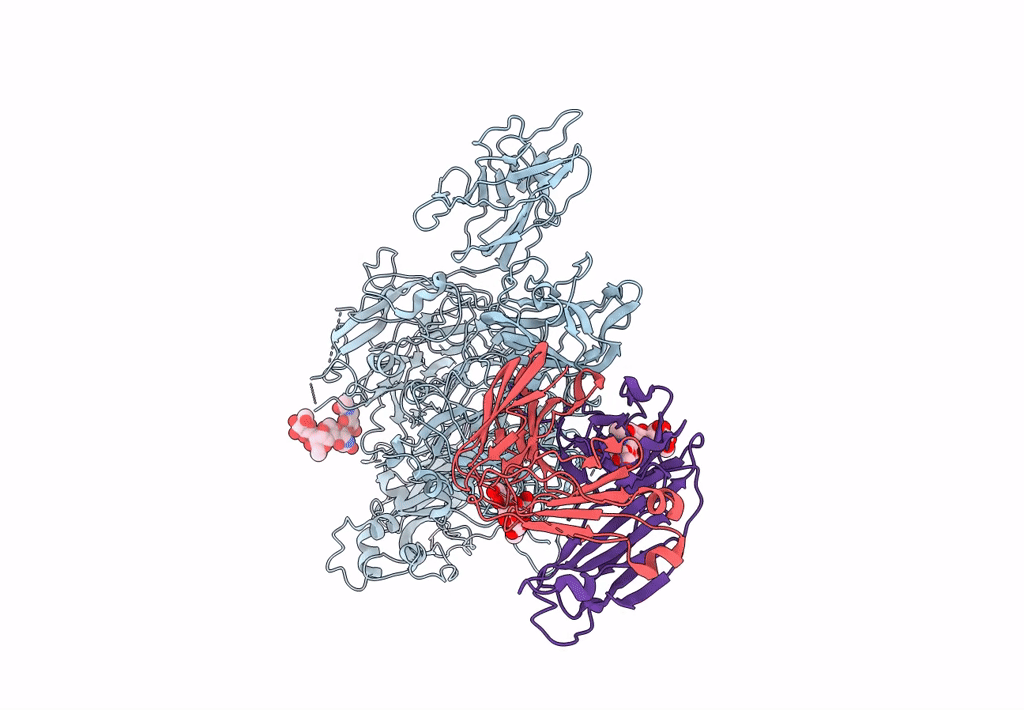
Deposition Date
2023-08-24
Release Date
2023-09-13
Last Version Date
2025-06-04
Entry Detail
PDB ID:
8TY1
Keywords:
Title:
Cryo-EM structure of coagulation factor VIII bound to NB2E9
Biological Source:
Source Organism:
Sus scrofa (Taxon ID: 9823)
Homo sapiens (Taxon ID: 9606)
Homo sapiens (Taxon ID: 9606)
Host Organism:
Method Details:
Experimental Method:
Resolution:
3.46 Å
Aggregation State:
PARTICLE
Reconstruction Method:
SINGLE PARTICLE


